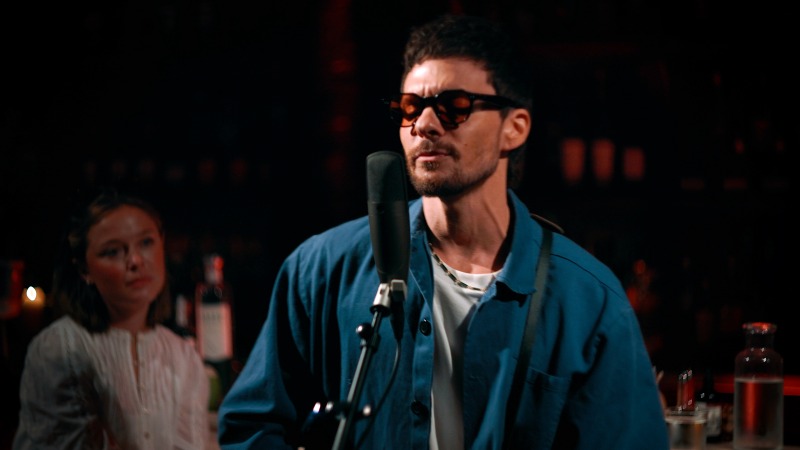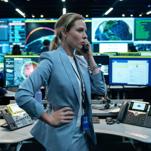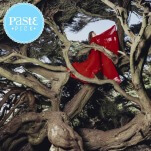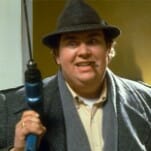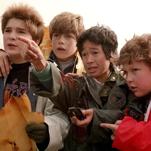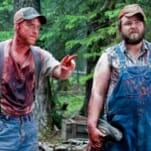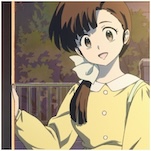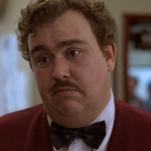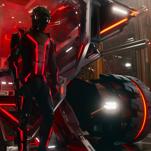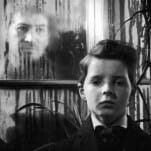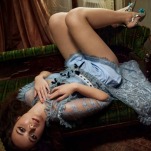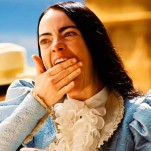Fantasmic Foreshadowed the Future of All IP Owned by Disney
Photo courtesy of Disney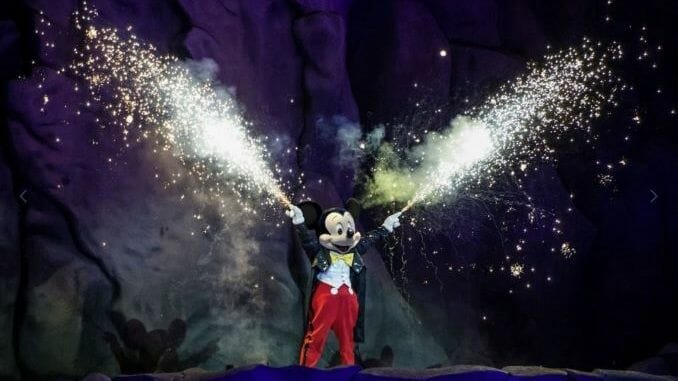
I have seen the future, and it’s a nightly fireworks/projection mapping show at Disneyland. Fantasmic, the story of Mickey Mouse losing his gosh dang marbles and battling a dragon, is the key to understanding Disney’s attitude towards all intellectual property. This is how Disney treats Mickey Mouse, its most treasured guy, the lil’ mouse they rewrote copyright law for.
According to Sam Gennaway’s Universal vs. Disney: The Unofficial Guide to American Theme Parks’ Greatest Rivalry, Fantasmic began life as a way to compete with Universal Hollywood’s Conan the Barbarian special effects show. Universal has a fire-breathing dragon, we gotta get a fire-breathing dragon, Disney execs presumably said. But what they surrounded their dragon with is what really sets Fantasmic apart. The show uses projection mapping, screens made of water vapor, fountains, pyrotechnics, actors, and every vehicle that crosses the Rivers of America. The Huck Finn rafts are transformed into raver orangutan barges, the sailing ship Columbia becomes Captain Jack Sparrow’s Black Pearl and the Mark Twain Riverboat ferries all your friends in the big finale.
I used to ignore the show when visiting the parks. The crowds that gathered to watch Mickey trip balls every night were a huge inconvenience. But during lockdown, desperate for even crumbs of the theme park experience, I watched a YouTube video of the Disneyland version. I was shocked by what I saw. No structure, no dramaturgy, just vibes. Fantasmic is a supremely weird nighttime spectacular which asks the question “What if the evil queen from Snow White hated Mickey Mouse’s guts?” That all these film villains know Mickey Mouse and wish to cause him pain is brain-breaking.
The show begins with a voice over explaining that we’re all going on Mickey Mouse’s shroom trip. Er, that is, through his imagination. With a small caveat: “Nothing is more powerful than the imagination. For it can also expand your greatest fears into an overwhelming nightmare.” What follows is an exquisitely done, yet ultimately hollow, mashup of the Walt Disney Company’s greatest hits. All of Disney’s shows and parades have elements of mashup to them, but none so thoroughly blend properties together. All the comphet Prince/Princess couples dance together in a big love medley. Kaa from The Jungle Book dances with Timon and Pumba, as well as the Heffalumps from Winnie the Pooh. Pixar gets a nod when Finding Nemo is shoehorned into an undersea squad with Ariel and Monstro from Pinnochio.
-

-

-

-

-

-

-

-

-

-

-

-

-

-

-

-

-

-

-

-

-

-

-

-

-

-

-

-

-

-

-

-

-

-

-

-

-

-

-

-























